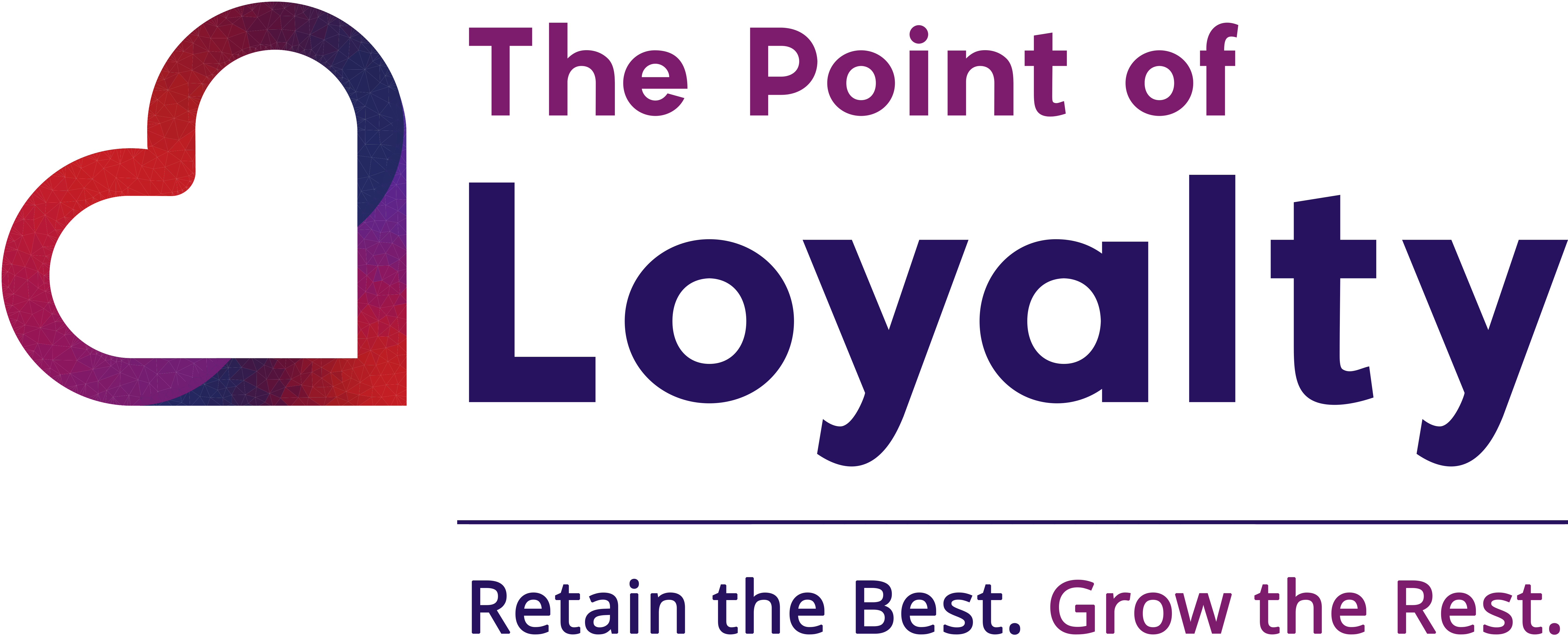The question of whether or not ‘refer-a-friend’ initiatives work, is often asked during our customer retention and loyalty strategy planning sessions. Whilst I have no specific data from clients to share that proves this either way, I found these interesting insights:
- 65% of new business comes from referrals– New York Times
- 92% of respondents trusted referrals from people they knew– Nielsen
- People are 4 times more likely to buy when referred by a friend– Nielsen
- Non-cash incentives are 24% more effective at boosting performance than cash incentives– University of Chicago
- Offering a reward increases referral likelihood, but the size of the reward does not matter – American Marketing Association
- The Life-Time Value of a new referral customer is 16% higher – Wharton School of Business
Here are four factors to consider when executing a refer-a-friend program:
1. Valuable x 2: If there is a financial gain, make the offer valuable enough to both parties, so that it motivates the person who receives the offer to be compelled to take it up (see the flip side to this in point 4 below)
2. Visible: Be clear on who gets what and how
3. Simple: Make the process of referring and redeeming so simple that it just flows
4. Sensitive: Be aware that referral programs with financial gain sit on a sensitivity fence where if the gain is too great for the referrer, then the “pressure of that gain” becomes too much of a motivating force, creating an environment of push rather than pull.
Refer-a-friend initiatives with an offer can certainly create a transactional outcome (and a new customer), however friends that are referred to a brand or business, without a financial gain (as per insight 4 above ‘non-cash incentives') have a greater opportunity for a deeper connection and longer-term loyalty.
Have a happy loyalty day!

